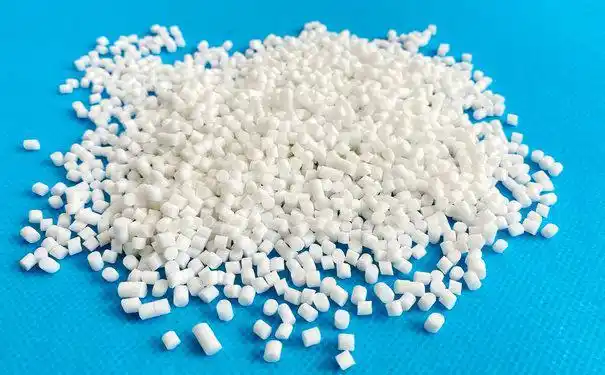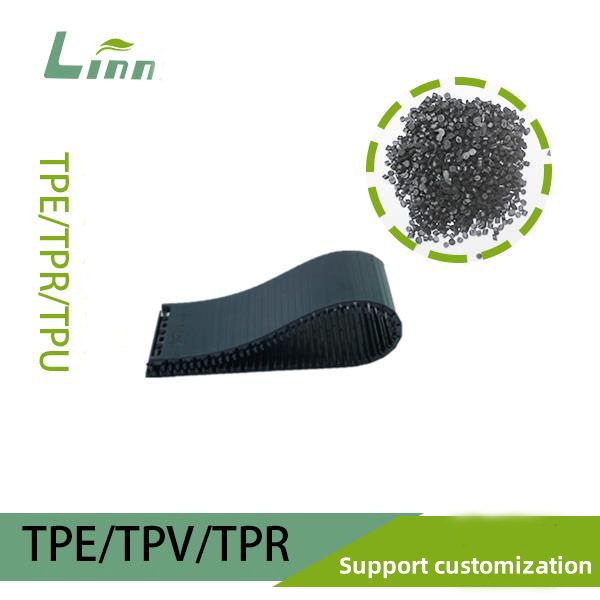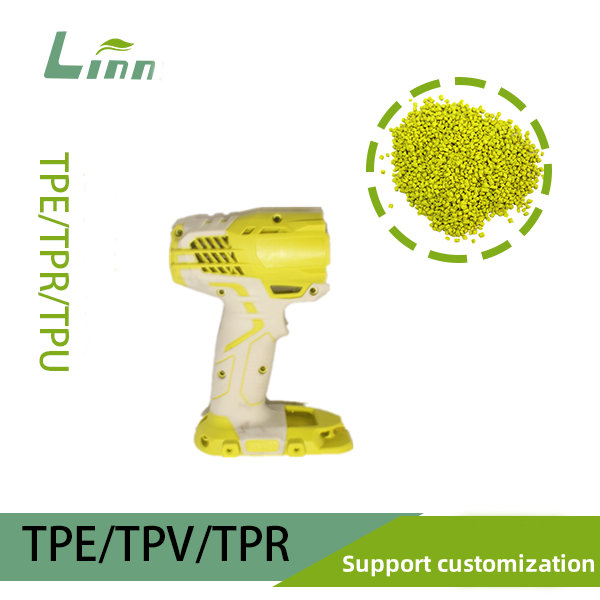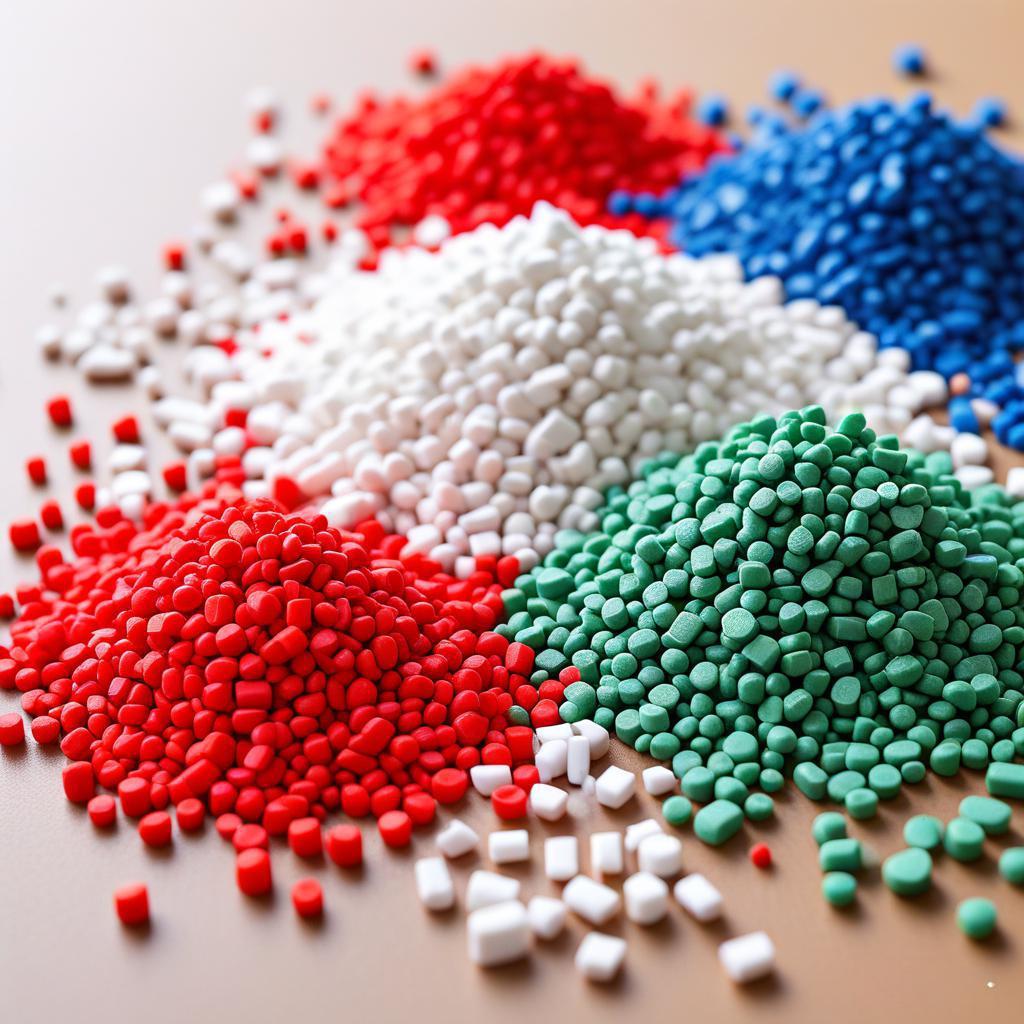With 31 years spanning nylon extrusion, TPE compounding, and impact-resistant polymer design, I have formulated over 700 custom grades, led failure analyses for automotive crash components, and trained global teams on material selection. My journey started in 1994 on a German twin-screw line spinning PA6 for airbag yarns, then pivoted to TPE in 2002 when a tier-1 supplier demanded soft-touch overmolds that survive -40°C impacts. The recurring question—is super-tough nylon a TPE?—has derailed countless projects with brittle parts, delamination, or unmoldable designs. This guide delivers lab-backed truth, chemical clarity, and application-specific guidance to end the confusion permanently.

The Core Question: Super-Tough Nylon vs TPE
Super-tough nylon refers to impact-modified polyamides (PA6, PA66, PA12) with notched Izod >800 J/m or no-break at 23°C. TPE (thermoplastic elastomer) is a block copolymer delivering rubber-like elasticity (elongation >500%) via physical cross-links.
They are not the same material class, not interchangeable in function, and not equivalent in processing. One is a rigid, high-modulus engineering plastic with enhanced ductility; the other is a soft, reversible elastomer.
Table 1: Identity at a Glance
| Property | Super-Tough Nylon | TPE (SEBS) |
|---|---|---|
| Base Chemistry | Polyamide | Styrene + Polyolefin |
| Hardness | Shore D60–85 | Shore 00-20 to 90A |
| Elastic Recovery | <50% | >90% |
| Primary Role | Structural, Impact | Soft, Sealing, Grip |
Super-Tough Nylon
Backbone: Amide linkages (-CO-NH-)
Impact Modifier: 10–30% elastomeric domains (EPR, EPDM, SEBS grafted to PA)
Morphology: Matrix + dispersed rubber particles (0.1–1 µm)
Example: BASF Ultramid B3WG6 Toughened — PA6 + 15% modifier, Izod 900 J/m
TPE
Backbone: Triblock copolymer (PS-EB-PS) + oil
Morphology: Continuous soft phase with discrete PS domains
No amide bonds, no hydrogen bonding
Example: Kraton G1643 — 20% PS, 80% EB + 50 phr oil
Table 2: Chemical Bonding
| Material | Key Linkage | Hydrogen Bonding? | Water Absorption |
|---|---|---|---|
| PA6 Toughened | Amide | Yes | 2.5–3% |
| SEBS TPE | C-C, C=C (styrene) | No | <0.5% |
Impact Resistance
Super-Tough Nylon: No-break Izod at 23°C, >500 J/m at -30°C
TPE: Flexible, not impact-rated; fails brittlely in Charpy
Stiffness and Strength
Nylon: Modulus 1.5–3 GPa, tensile 60–90 MPa
TPE: Modulus 0.5–50 MPa, tensile 5–20 MPa
Table 3: Mechanical Contrast
| Property | Super-Tough PA6 | TPE 50A |
|---|---|---|
| Flex Modulus (MPa) | 1800 | 8 |
| Tensile Strength (MPa) | 75 | 12 |
| Elongation (%) | 150 | 750 |
| Notched Izod (J/m, 23°C) | No-break | Not tested |
Nylon: Plastic deformation after 50% strain
TPE: Full snap-back at 300% strain

Thermal and Processing Behavior
Melting and Flow
Super-Tough Nylon: Tm 220°C (PA6), MFI 20–80 g/10 min (275°C/2.16 kg)
TPE: No true Tm, flows 160–220°C, MFI 5–50 g/10 min (200°C/5 kg)
Drying and Hydrolysis
Nylon: Must dry to <0.1% moisture or hydrolyzes in barrel
TPE: No drying needed unless hygroscopic fillers
Table 4: Processing Parameters
| Parameter | Super-Tough PA6 | TPE SEBS |
|---|---|---|
| Melt Temp (°C) | 250–280 | 180–220 |
| Mold Temp (°C) | 80–120 | 30–60 |
| Cycle Time (s) | 40–90 | 25–60 |
| Shrinkage (%) | 0.8–1.5 | 1.0–2.0 |
Nylon: 42–46 mN/m, bonds well to PU, epoxy
TPE: 28–34 mN/m, needs plasma/corona
Table 5: Surface Energy
| Material | Energy (mN/m) | Contact Angle (Water) |
|---|---|---|
| PA6 Toughened | 44 | 65° |
| SEBS TPE | 30 | 95° |
Nylon: Poor vs acids, good vs oils, hydrolyzes in hot water
TPE: Excellent vs water, moderate vs oils, swells in solvents
Table 6: Fluid Resistance (70h @ 23°C)
| Fluid | PA6 Toughened (% swell) | TPE SEBS (% swell) |
|---|---|---|
| Water | Hydrolysis @ >80°C | 1 |
| ASTM Oil #3 | 2 | 40 |
| 10% HCl | 15 | 5 |
| Application | Material Used | Reason |
|---|---|---|
| Airbag housing | Super-Tough Nylon | Impact, heat, stiffness |
| Soft phone grip | TPE | Flexibility, overmolding, recycle |
| Gear shift knob | Super-Tough Nylon | Wear, impact, chemical resistance |
| Weather seal | TPE | Compression set, low temp flexibility |
| Medical syringe plunger | TPE | Soft touch, gamma stable |
Nylon: Mechanical recycling limited by hydrolysis; chemical depolymerization possible
TPE: 100% regrind, 5+ cycles with stabilizers
A 2024 LCA showed TPE overmolds emit 42% less CO₂ than nylon in soft-hard assemblies due to regrind.
Cost Breakdown
| Factor | Super-Tough Nylon | TPE |
|---|---|---|
| Raw Material ($/kg) | 4.5–8.0 | 3.0–6.0 |
| Drying Required | Yes | No |
| Tooling | $40k–100k | $15k–40k |
| Part Cost @ Scale | Higher | Lower |
Can Super-Tough Nylon Behave Like TPE?
No. Even with 30% rubber:
Hardness >D60
No snap-back
Cannot overmold on PP without primer
TPE-PA blends exist (e.g., nylon + SEBS), but not super-tough nylon.

Hybrid Solutions
TPE overmolded on super-tough nylon → soft grip + impact core
Co-extruded profiles → nylon stiffness + TPE seal
Insert molding → nylon frame, TPE gasket
A power tool handle uses PA6 toughened core + 50A TPE skin—best of both.
Testing Standards
| Property | Super-Tough Nylon | TPE Standard |
|---|---|---|
| Impact | ISO 180 (Izod) | — |
| Hardness | ISO 868 (Shore D) | ASTM D2240 (Shore A) |
| Tensile | ISO 527 | ASTM D412 |
| Thermal Aging | ISO 188 | ISO 188 |
Super-tough nylon is an impact-modified polyamide—a rigid, high-strength engineering plastic with enhanced ductility. TPE is a soft, oil-extended block copolymer—a true elastomer with reversible physical cross-links.
They differ in chemistry, hardness, elasticity, processing, and function. Confusing them leads to cracked parts, poor sealing, or unbondable assemblies. Use super-tough nylon for impact-resistant structures; use TPE for soft, flexible, recyclable elastomers.
Frequently Asked Questions
Can super-tough nylon replace TPE in seals? No. High stiffness and poor set cause leaks.
Why is TPE softer than even toughened nylon? Oil-swollen midblocks vs amide rigidity.
Is TPE tougher than regular nylon? No. TPE flexes, nylon absorbs impact.
Can I injection mold both with same machine? Yes, but different temps, drying, screws.
Does super-tough nylon need drying like regular PA? Yes. Impact modifier doesn’t eliminate hydrolysis.
Why does TPE bond to PP but nylon does not? Polarity mismatch—nylon needs adhesion promoter.
Is there a TPE as tough as super-tough nylon? No. TPE prioritizes elasticity, not impact.
Can I blend nylon and TPE? Yes, with compatibilizers (maleated SEBS), but not super-tough nylon.
Which yellows faster? Nylon without UV stabilizer; TPE needs HALS.
Is super-tough nylon recyclable with TPE? No. Different melt points and chemistry—contaminates streams.





